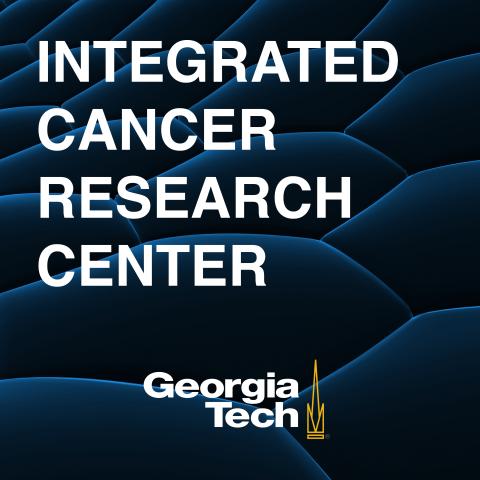event
Integrated Cancer Research Center Seminar
Primary tabs
"Putting Gold Nanomaterials to Work for Cancer Theranostics"
Younan Xia, Ph.D.
Brock Family Chair
Georgia Research Alliance Eminent Scholar in Nanomedicine
Professor, Wallace H. Coulter Department of Biomedical Engineering
Joint appointments in School of Chemistry & Biomechemistry, School of Chemical & Biomolecular Engineering
Abstract
Although gold is not a biomaterial per se, its nanomaterials have found widespread use in a variety of biomedical applications owning to their unique properties, including bio-inertness, tunable photoluminescence, radioactivity (for 198Au and 199Au), and strong scattering and absorption of light in the near-infrared region. Over the past decade, numerous methods have been developed for producing gold nanomaterials in the quality, quantity, and reproducibility required for a systematic study of their properties as a function of size, shape, and structure, as well as for the full exploration of their applications in biological studies and nanomedicine. In this talk, I will briefly discuss some of the new developments, with a focus on the rational design and controlled synthesis of gold nanomaterials for optical bioimaging, drug delivery, and cancer theranostics.
References 1. Yang, X.; Yang, M.; Pang, B.; Xia, Y. “Gold nanomaterials at work in biomedicine”, Chem. Rev. 2015, 105, 10410-10486 (invited review article). 2. Xia, Y.; Li, W.; Cobley, C. M.; Chen, J.; Xia, X.; Zhang, Q.; Yang, M.; Cho, E. C.; Brown, P. K. “Gold nanocages: From synthesis to theranostic applications”, Acc. Chem. Res. 2011, 44, 914-924 (invited review article).
Research
Disruptive technologies enabled by nanoscale materials and devices will define our future in the same way that microtechnology has done over the past several decades. Our current research centers on the design and synthesis of novel nanomaterials for a broad range of applications, including nanomedicine, regenerative medicine, cancer theranostics, tissue engineering, controlled release, catalysis, and fuel cell technology.
The Parker H. Petit Institute for Bioengineering and Bioscience, an internationally recognized hub of multidisciplinary research at the Georgia Institute of Technology, brings engineers, scientists, and clinicians together to solve some of the world’s most complex health challenges. With 17 research centers, more than 170 faculty members, and $24 million in state-of-the-art facilities, the Petit Institute is translating scientific discoveries into game-changing solutions to solve real-world problems.
Status
- Workflow status: Published
- Created by: Colly Mitchell
- Created: 08/11/2015
- Modified By: Fletcher Moore
- Modified: 04/13/2017
Categories
Keywords
Target Audience

